Congress and UML finalize deal: UML gets four ministries in Gandaki
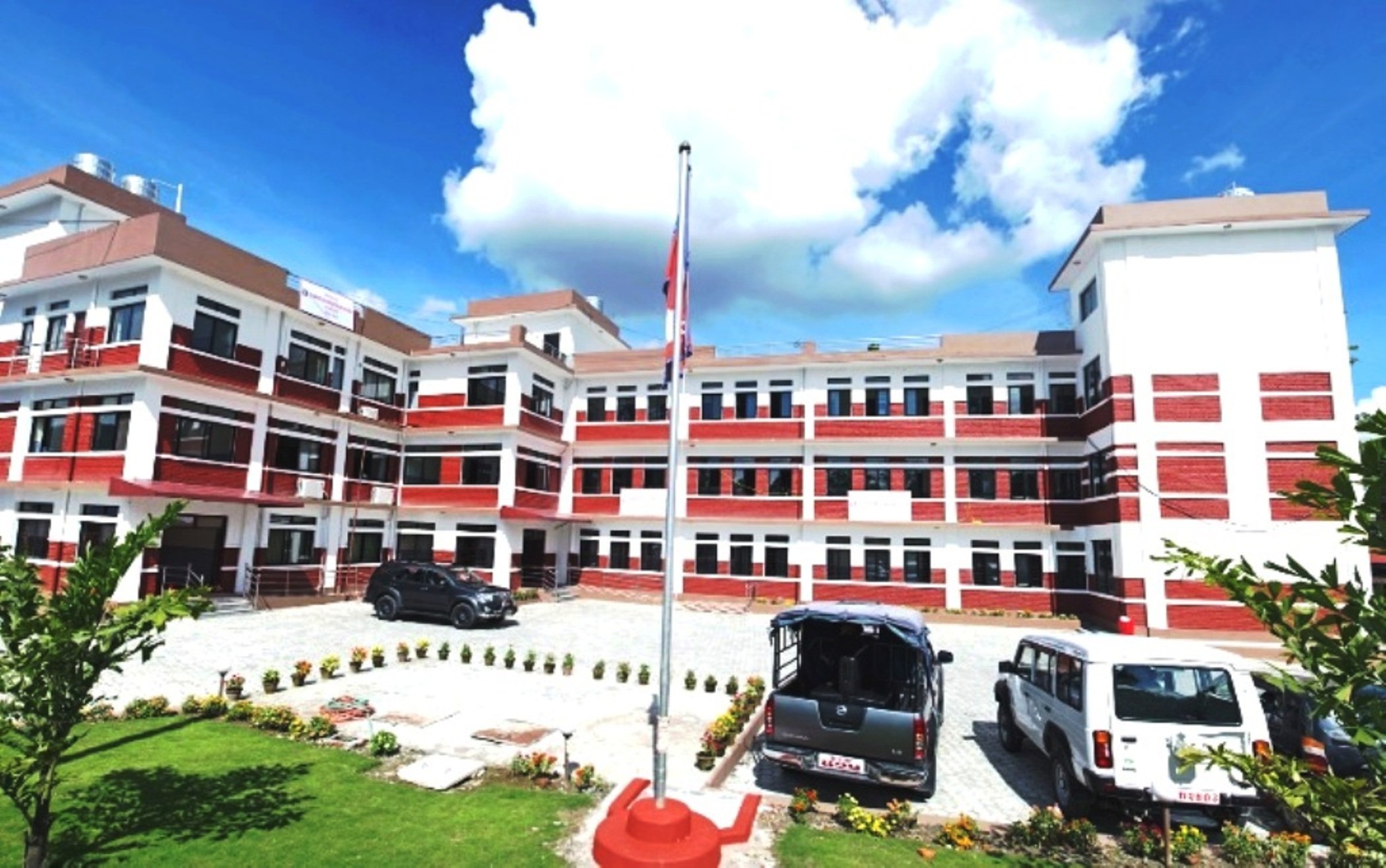
Pokhara, August 26 — The CPN-UML has agreed to join the government in Gandaki Province with control over four ministries. This decision follows the Congress party’s proposal to allocate four ministries to UML.
Currently, Gandaki Province has seven ministries, but this number will increase to ten to accommodate UML’s entry. There were extensive discussions and debates on this issue, including an initial proposal to limit the number of ministries to seven.
UML was initially unwilling to accept two ministries under these terms, which led to a proposal for nine ministries over three days. When this was also rejected, the final agreement was to increase the number of ministries to ten and allocate four to UML, which UML has agreed to.
The specific ministries have not yet been decided. The then Prithivi Subba Gurung-led government had conducted organizational and managerial survey, which may influence the final ministry structure. Proposed ministries include Home Affairs, Law and Communication, Finance, Education, Science and Technology, as well as the Chief Minister's Office and the Council of Ministers.
Other proposed ministries include Health, Physical Infrastructure and Transport, Industry, Commerce, Labor and Employment, Tourism, Culture and Social Development, Agriculture, Land Management, Forestry and Environment, and Energy, Drinking Water and Irrigation.
Discussions are currently underway to finalize which ministries each party will control. The government is expected to expand within a few days, with Congress receiving six ministries and UML receiving four out of ten.
Initially, UML had insisted on removing Nepal Samajwadi Party leader Fanindra Devkota — elected on the Maoist election symbol and independent provincial member Rajeev Gurung (Deepak Manange). However, after Congress’s decision to retain them, UML proposed that they be allocated as ministers under Congress’s quota. Congress is expected to appoint them from its own quota.
Currently, there are three Congress members as ministers, including the Chief Minister, in addition to Devkota, and Manange. With ten ministries, Congress will receive one additional ministry. The expansion of ministries will also lead to changes in ministerial responsibilities.
Manange, previously the Minister of Physical Infrastructure Development, may be reassigned to the Ministry of Youth and Sports. The role of Devkota is still under discussion. A Congress leader noted that there is significant emphasis on sports, which might influence the final decision regarding ministerial roles.
The formation of ministries is not as critical as achieving results, according to Congress leaders. Both parties agree on this approach. When KP Sharma Oli became the Prime Minister, a working group consisting of three provincial members each from Congress and UML was formed in Gandaki. Although the working group made theoretical suggestions, it did not finalize the number or division of ministries.
The final agreement was reached after repeated discussions between party leaders. The working group has prepared a minimum common program with eight points, though it has not yet been made public. This program will be announced once the government positions are filled, combining good governance, result-oriented work, and central programs.
UML chief whip Gobind Bahadur Nepali stated that the matter of the ministries is not yet finalized but emphasized that discussions have reached an agreement. He acknowledged that while the creation of ten ministries has been generally discussed, consultations are ongoing. The decision between nine and ten ministries is close to resolution.
According to UML sources, discussions continue on which ministers will represent the party in the government. A final decision on leadership has not yet been made, but talks are ongoing.

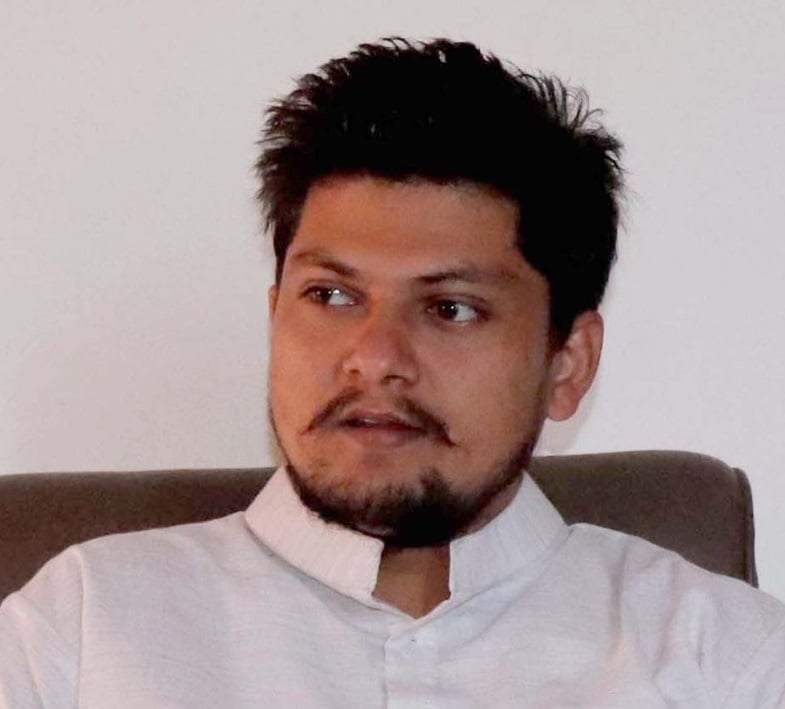
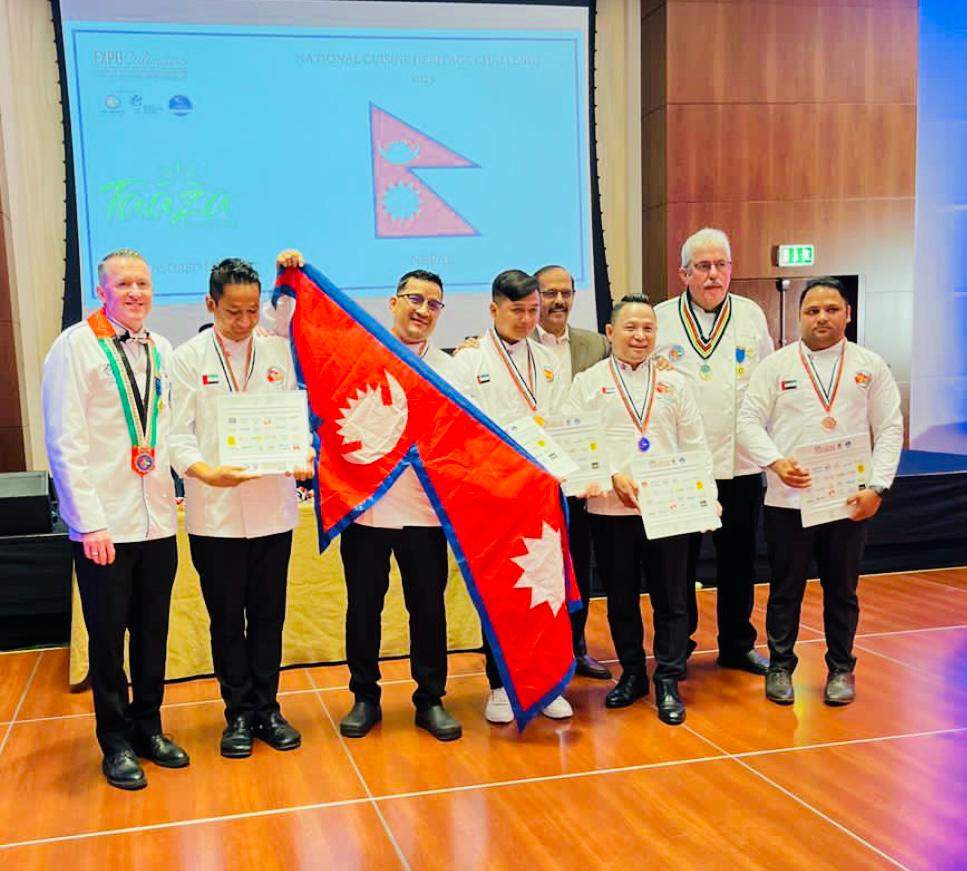
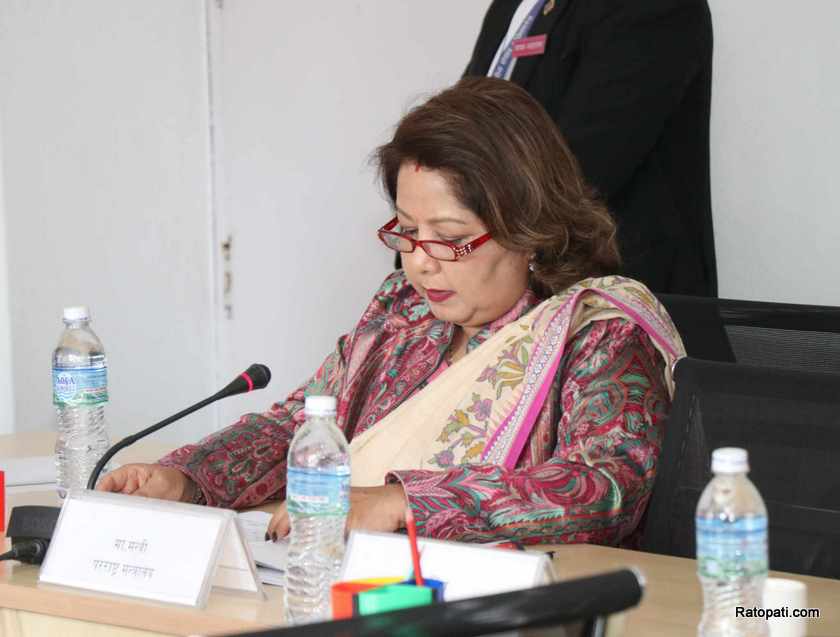

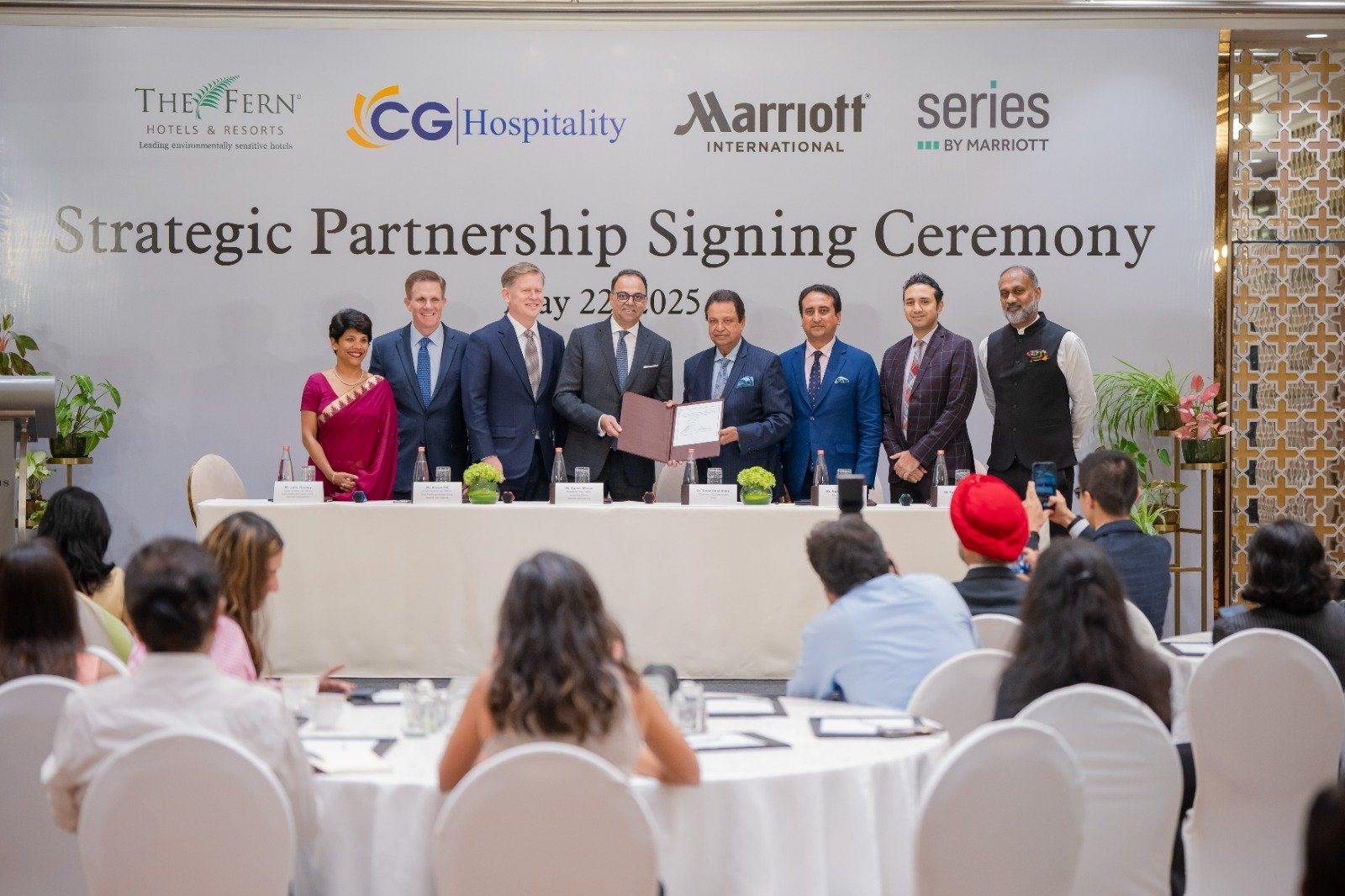
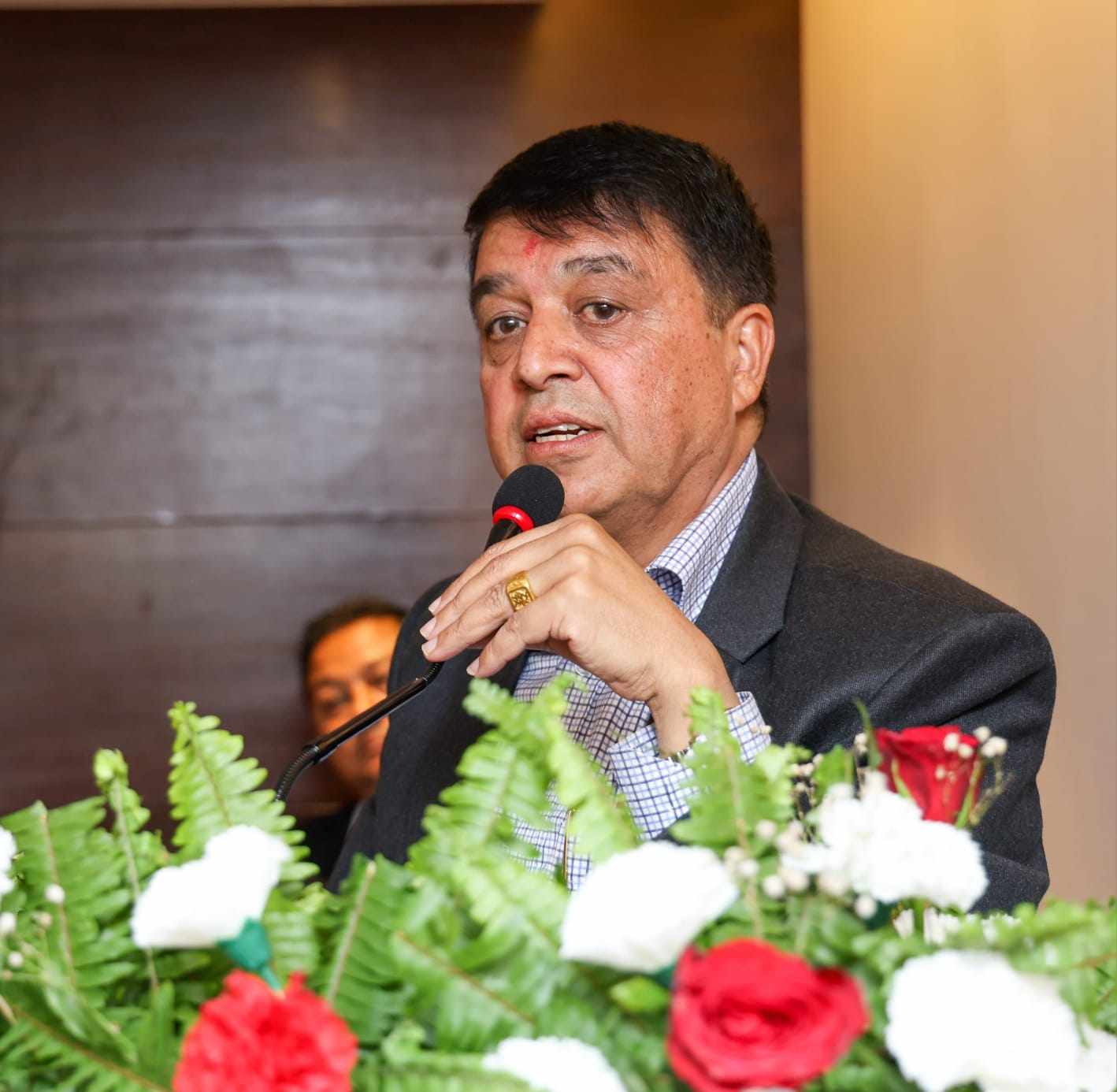
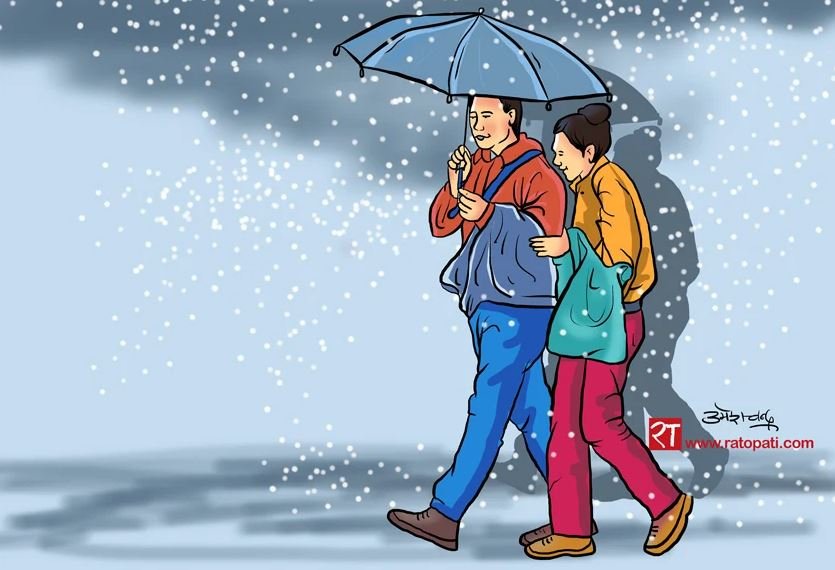

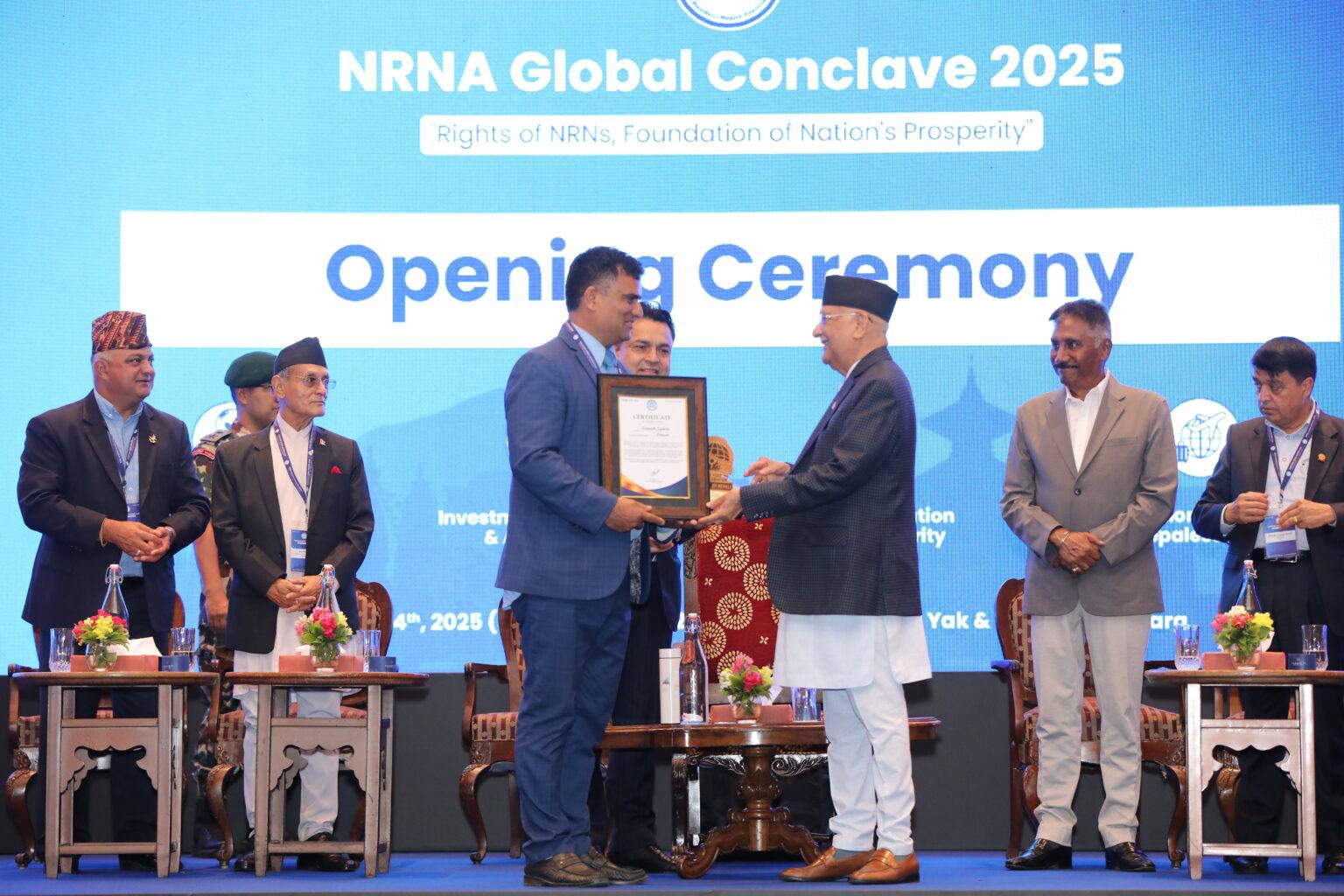
Leave Comment